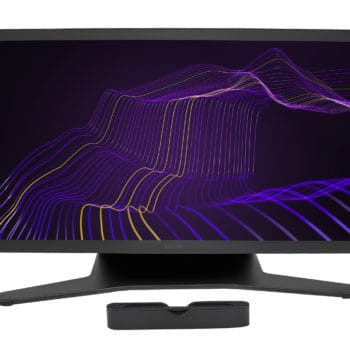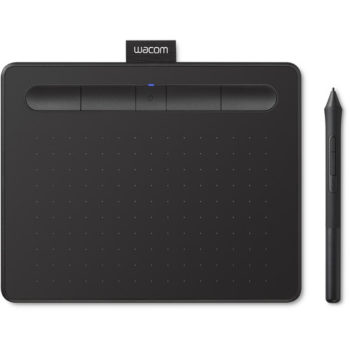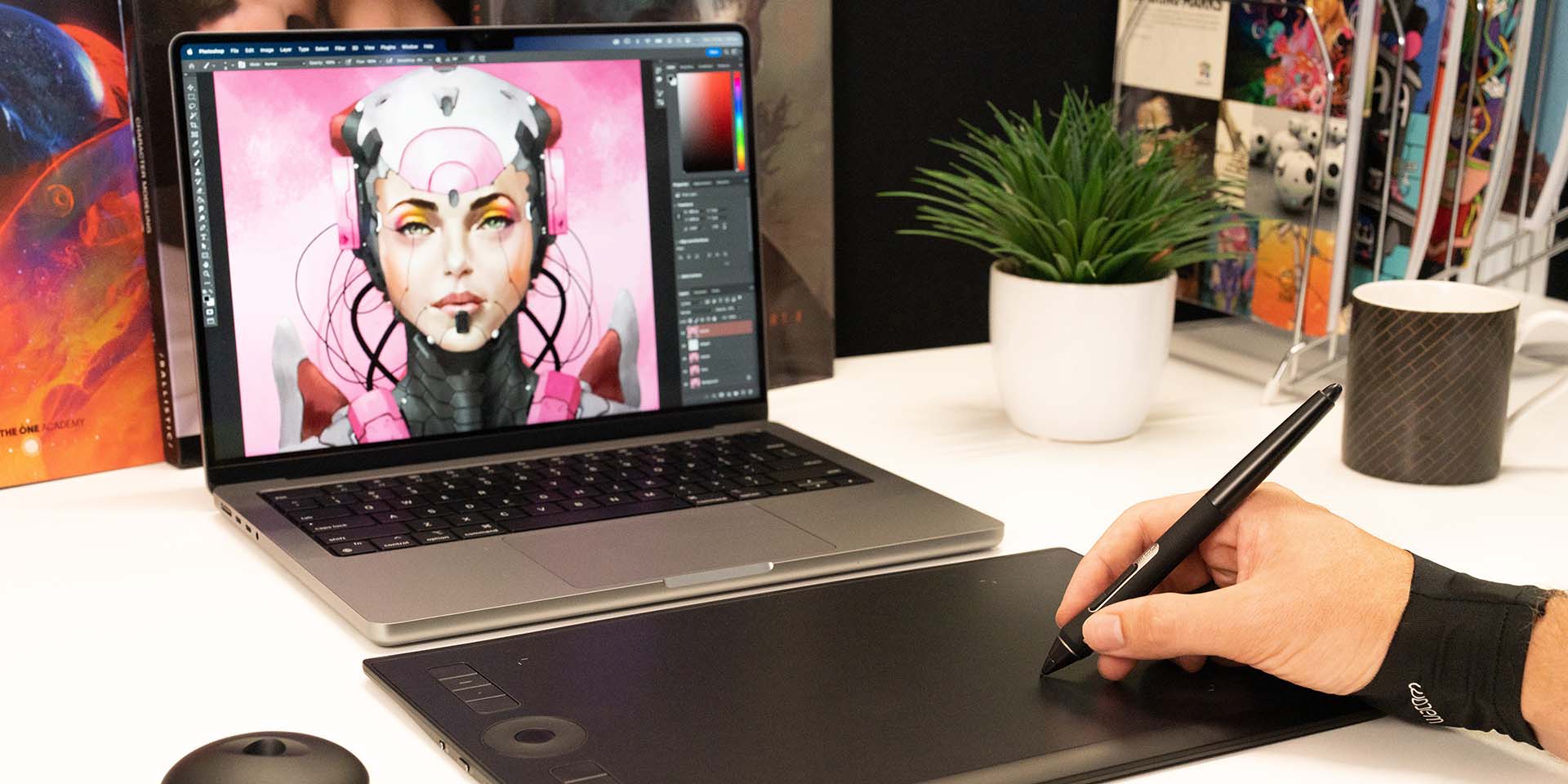
By C.S. Jones As an artist who comes from traditional, I have some strong feelings about this topic. Like most artists, I started out with just pencil on paper. But I graduated to archival markers, and then went to “tradigital” art, using a mixture of dip pens and Adobe Photoshop — before eventually going fully digital. And although I still do my undersketching with pencil, digital tools greatly improved my finished work by leaps and bounds, letting me create much more realized pieces. So if you’re a traditional artist who’s not sure if you want to make the jump, here are eleven reasons why you should definitely consider it.
1. It’s more efficient
The most convenient aspect of working digital is that it lets you create finished art with a single tool. From the rough sketch stage to the polished final result, all of it is done with one pen on one tablet. This also makes the whole process faster than most traditional media. On top of that, there’s no prep work involved besides reference gathering — no time spent mixing paint, coating canvases, or even sharpening pencils; you can jump straight in. But even better is how forgiving it is: mistakes can always be fixed, no matter how far into a painting you’ve progressed.
2. You can get a different look from traditional art
Another one of the biggest reasons to learn digital might just be aesthetic preference. There are certain looks you can get with digital that you can’t with traditional, like the crisp, clean aesthetic of cel shading, or the smeary look of loose, semi-transparent digital brushstrokes. It’s usually easy to tell the difference between traditional and digital — although some brushes are designed to blur the lines, which we’ll cover later — and a perfectly valid reason to pick up digital is simply that you like the way it looks.
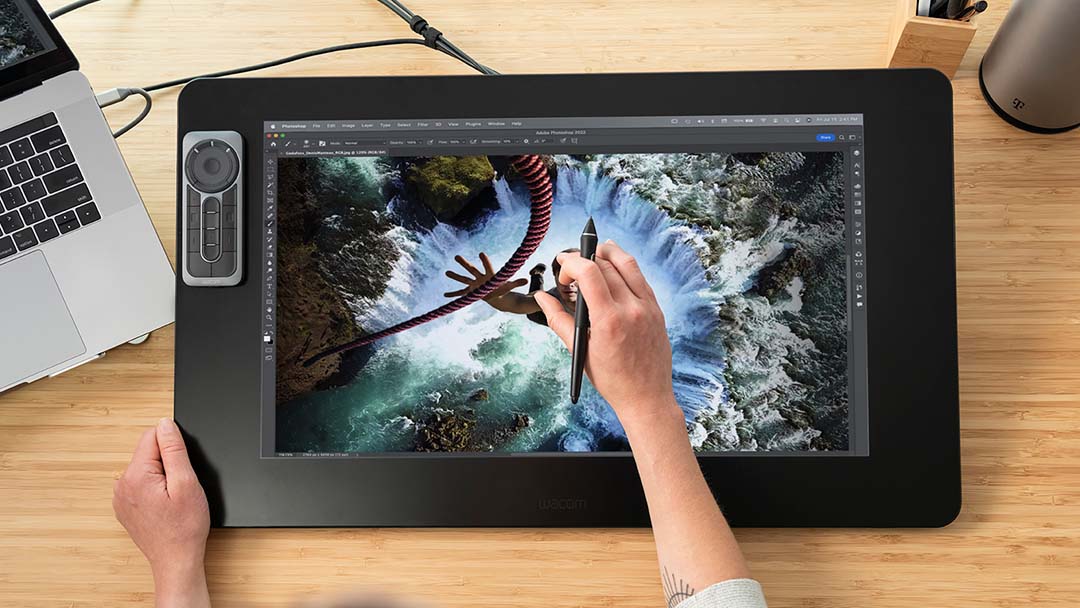
3. Open up an entirely new type of process
For those of you who are used to working with traditional media’s restrictions, digital can be a radical change. Where traditional art, in my experience, very much feels like process, digital art can feel like magic, with brushes that scatter clouds across the sky or trees across a landscape. Plus, you open up all new painting techniques, like the ability to paint over a 3d base or perspective grid, letting you pull off much more complicated scenes than you could draw by hand. Digital art also has many more “hacks” than traditional art, with certain results that you can only get from knowledge of the program rather than your raw skill.
4. It costs less in the long term
In traditional art, color is expensive. While drawing in pencil, or pen and ink, is relatively affordable, color media get more expensive the more hues you need.
When I was growing up, I dreamed of having a set of Copic markers to color my work. But with sets costing hundreds of dollars, building up even close to the range I would need to fully color my drawings would’ve cost far too much. Traditional art supplies are also consumable, meaning they get used up and then have to be replaced. So overall, the cost of digital painting can add up to far less than the cost of traditional media over time.
Yes, high-end Wacom products like the Intuos Pro and Cintiq lines aren’t known for being cheap. But with a Wacom One or an Intuos small, and a relatively affordable program like Clip Studio Paint — or a free one like Krita — you can get into digital art without breaking the bank. Every Wacom product also come with free creative software trials, so you can explore and figure out which software works best for you without having to purchase it up-front. That’s a one-time investment that’ll let you paint whatever you want without replacing anything except, on rare occasion, pen nibs.
5. You’ll need less space, and make less mess
Having taken this path myself, there’s no one I’d recommend digital art to more than graphite or marker artists who’ve wanted to learn to paint traditionally but lack not just the money, but the space. Most traditional media take up room — and can accidentally spatter and drip.
A digital artist’s setup, however, will fit entirely on one desk. And if you work with a laptop, most tablets are even portable.
6. Digital art is the industry standard
If you’re planning on getting a job in the art world — whether in animation, concept art, industrial design, graphic design, or virtually any other creative field — they’ll expect you to work digital. In the world of professional art, speed is a necessity, which is where the part about digital art being more efficient comes in. In concept art especially, there’s also a lot of reliance on “photobashing” — combining photos together to make new images — and other digital tools; you might even be branching out to other disciplines like 3d sculpting and modeling.
7. It’s easier to share online
While traditional art can of course be shared online, digital art is simpler. You don’t need a scanner or camera, you can just hit Save As and post it. That’s part of why you’ll more easily find online community for it than traditional: most of the art subreddits, Discords, and other online communities you’ll find will be dominated by digital work.
8. It’s easier to sell for print-on-demand
If you want to make some extra money putting your work on t-shirts, mugs, or other merch, digital is the easiest way to do it, as it’ll let you design to the specifications. And while it’s very possible to put traditional art on any of those things, in addition to a scanner or camera, you’ll need a program like Photoshop to do it anyway, so why not learn the tools to their fullest?
9. There’s a digital brush that imitates your medium
Or more accurately, there are thousands of brushes, no matter what that medium is. And somewhere out there is one that nails it with the exact feel you’re used to. For Photoshop, Kyle T. Webster’s traditional brush packs are the gold standard, and for Clip Studio Paint, I can recommend Daub’s brushes: both are huge collections that contain vast amounts of brushes designed to imitate traditional ones. And another benefit of working this way is that it lets you try other media’s brushes, so you can see how your style would look in another medium without having to spend money on it.
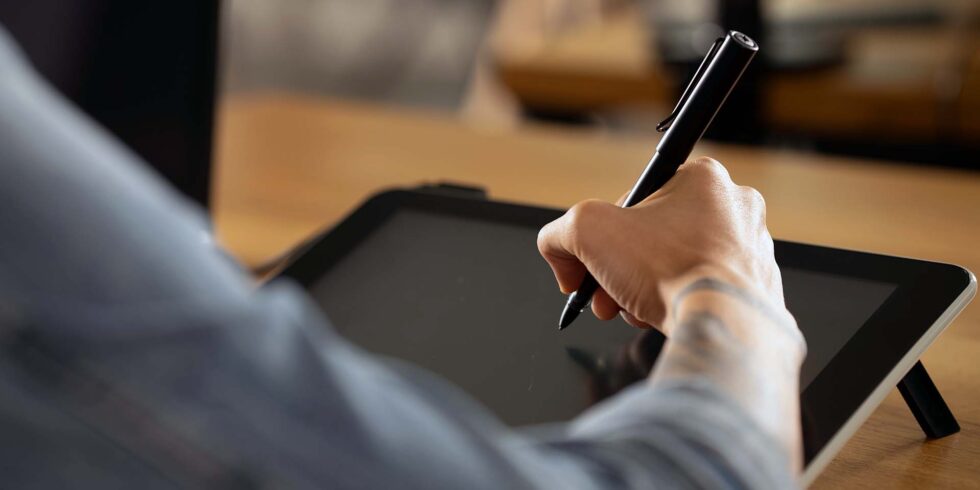
10. It makes post-processing much easier
This is one of my favorite aspects of digital art: the ability to change colors, tweak hues and saturation, and make other changes after the piece is finished. These subtle changes can make a radical difference in how the final product looks. And a crucial hack is using a program like Boris FX Optics, which can add even more detailed post-processing effects to your exported image.
11. Traditional and digital can be fused
The fusion of traditional and digital, such as drawing and inking a piece traditionally, then shading and coloring it digitally, can create some stunning results. It’s sometimes referred to as “tradigital art,” and there are a lot more artists who work this way than you’d think.
Conclusion
There’s plenty of room for both digital and traditional art, and practicing both might lead to the most growth for you as an artist. In fact, most artists will likely end up doing both to some extent or another, even if it’s working full digital but keeping a sketchbook around for practice, or working traditionally but using digital for post-processing. But which you choose to specialize in is ultimately down to your preference.
That means that if you’re primarily a digital artist, there are a bunch of benefits to learning how to do traditional art skills as well! Stay tuned to this blog — an upcoming post will go over some of the top reasons why digital artists should learn traditional art skills.

